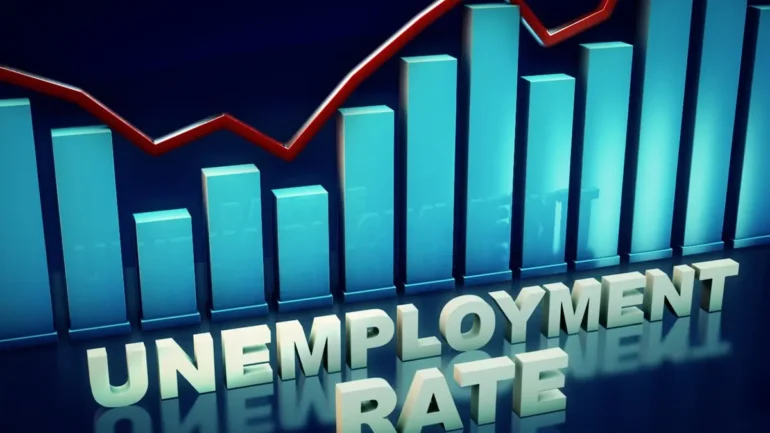Nigeria’s unemployment rate surged to 5.0 per cent in the third quarter of 2023 from 4.2 per cent in the previous quarter, the latest Labour Force Survey revealed on Monday.
The labour force participation rate measures the share of a country’s working-age population that is in the labour force.
The working age population refers to people aged 15 years and above who are actively engaged. The labour force is the combination of individuals who are employed and those who are unemployed.
The report from the National Bureau of Statistics showed that the labour force participation rate among the working-age population declined to 79.5 per cent in Q3 compared to 80.4 per cent in Q2.
According to a new methodology adopted by the National Bureau of Statistics, the unemployment rate in Africa’s biggest economy, with more than 200 million people, fell from 5.3 percent in Q4 2022 to 4.1 percent in Q1 2023.
The report read, “The unemployment rate increased significantly in Q3 2023 at 5.0 per cent. This is an increase of 0.8 per cent from Q2 2023. In Q3 2023, the labour force participation rate in Nigeria was 79.5%, having been 80.4% in Q2 2023. The participation rate among men was 80.9% and 78.2% for women. Persons living in rural areas are more likely to participate in labour activities than urban dwellers.
“The employment-to-population ratio was 75.6 per cent in Q3 with a decrease of 1.5 per cent compared to a ratio of Q2. The combined rate of unemployment and time-related underemployment as a share of the labour force population increased to 17.3 per cent in Q3 from 15.5 per cent in Q2,” the report said.
It said about 87.3 per cent of workers were self-employed in Q3 and that the proportion of workers in Wage Employment in Q3 was 12.7 per cent.
“The rate of unemployment among persons with post-secondary education was 7.8 per cent in Q3. The unemployment rate among youth aged (15-24 years) was 8.6 per cent in Q3. Increase of 1.4 per cent compared to Q2.”
According to the statistical agency, the unemployment rate in urban areas was 6.0 per cent in Q3, a slight increase of 0.1 per cent from Q2.
“Time-related underemployment in Q3 was 12.3 per cent, showing a slight increase of 0.5 per cent from the rate recorded in Q2. This shows an increase of 1.4 per cent compared to the rate in Q4. 4.1 per cent of the working-age population was in subsistence agriculture in Q3.”
“Informal employment rate in Q3 was 92.3 per cent, while Q2 2023 was 92.7 per cent. Percentage of youth Not in Employment, Education or Training was 13.7 per cent in Q3,” it added.
In Q3 2023, the proportion of employed individuals engaged in informal work decreased to 92.3%, down by 0.4% from the previous quarter’s 92.7%. Notably, women exhibit a substantially higher rate of informal employment compared to men.
The NBS, since it started using the new methodology, has come under heavy criticism.
When it released its ‘4.1 per cent’ unemployment figure for Q1, 2023, the Nigerian Labour Congress, through its National Secretary-General, stated that the figures were not reflective of the current realities in the country.
The National Secretary, Chris Onyeka said, “The statistic is not reliable. It is as simple as that. It is not in sync with what is on the ground. We all know that the rate of unemployment in Nigeria is increasing.”
Before the new report, Global audit and tax advisory firm, KPMG, had projected that Nigeria’s unemployment rate is expected to rise to 40.6 per cent as compared to 2022’s 37.7% per cent.


